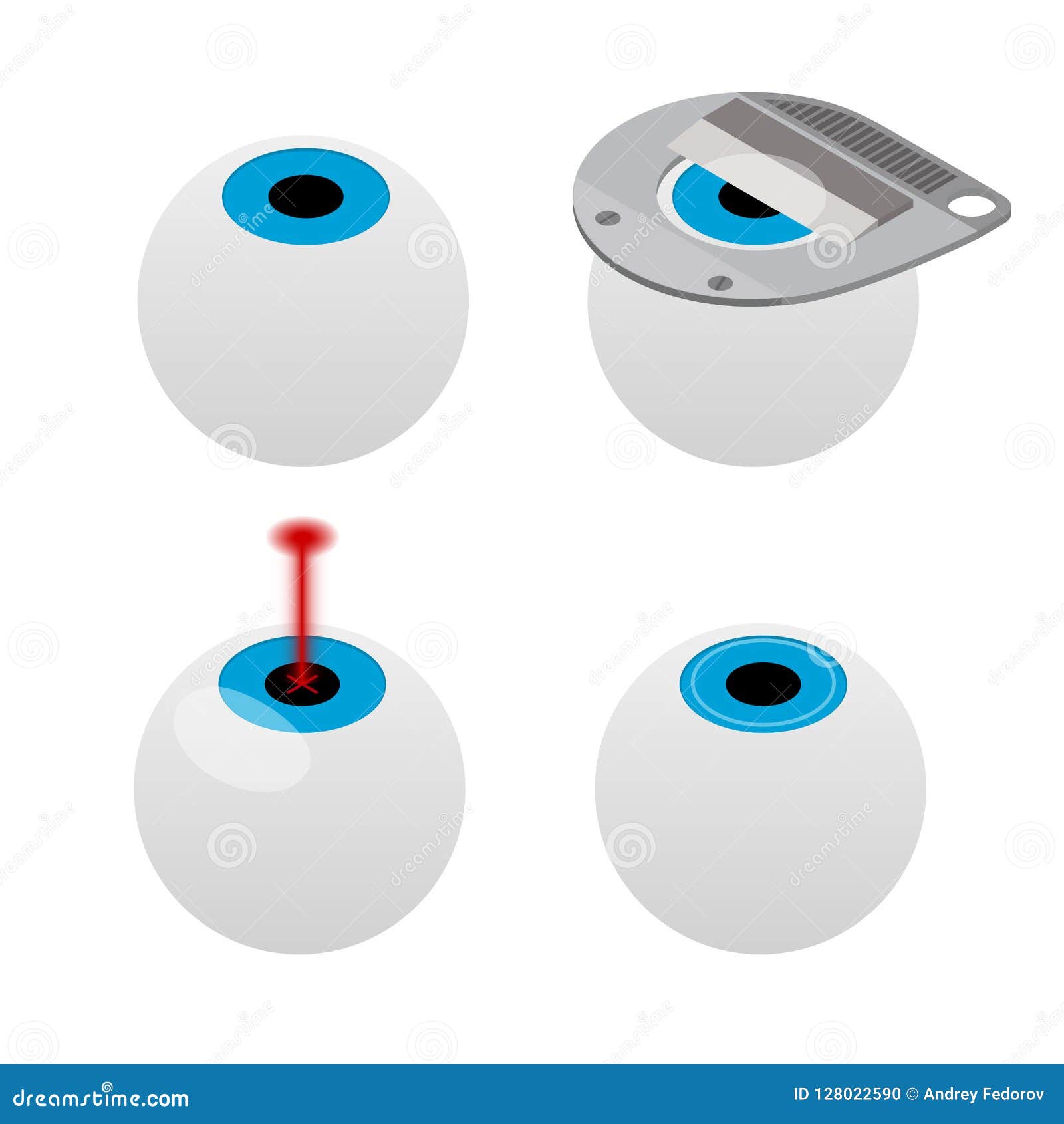The All-Inclusive Frequently Asked Question On Refractive Lens Exchange: Essential Information You Need To Know
The All-Inclusive Frequently Asked Question On Refractive Lens Exchange: Essential Information You Need To Know
Blog Article
Writer-Kincaid McLean
If you're thinking about refractive lens exchange, you probably have a great deal of questions. This procedure could transform how you see the world, using advantages like lowered reliance on glasses. However, it's necessary to comprehend the procedure, threats, and that qualifies as an excellent candidate. Let's explore these important elements so you can make an informed decision concerning whether RLE is right for you.
What Is Refractive Lens Exchange and How Does It Work?
Refractive lens exchange (RLE) is a procedure developed to change your eye's natural lens with a man-made one, correcting vision concerns like nearsightedness, farsightedness, or presbyopia.
During the procedure, your doctor makes a little cut in the eye, removes your natural lens, and inserts an intraocular lens (IOL) tailored to your vision needs. This outpatient surgical treatment typically takes around 15 to 30 minutes per eye and is carried out under regional anesthesia.
You'll likely see improvements in your vision virtually promptly, though total healing may take a few weeks. RLE is specifically helpful for those over 40 or with high prescriptions, providing a resilient option contrasted to glasses or get in touch with lenses.
Your eye care professional can aid determine if RLE is right for you.
What Are the Conveniences and Risks of Refractive Lens Exchange?
Selecting refractive lens exchange can bring about significant enhancements in your vision, but it's important to weigh both the advantages and risks before deciding.
On the bonus side, this procedure can improve your vision by fixing issues like presbyopia, nearsightedness, and hyperopia. Many clients delight in reduced dependence on glasses or get in touch with lenses, which can greatly boost their lifestyle.
Nonetheless, https://scroll.in/article/754437/more-than-a-decade-later-lingering-questions-about-lasiks-long-term-effects to take into consideration potential risks. Corrective Eyewear can include infection, glow, or halos around lights.
There's additionally an opportunity of overcorrection or undercorrection, which might require additional procedures.
That Is an Ideal Prospect for Refractive Lens Exchange?
If you're thinking about refractive lens exchange, it is essential to understand whether you fit the profile of a suitable candidate. Generally, you may be a great candidate if you more than 40, experience presbyopia, or have high degrees of nearsightedness or farsightedness.
It's also important that your vision is stable, implying your prescription hasn't transformed dramatically in the past year. If you have cataracts or various other eye conditions, you may take advantage of this procedure also.
Nonetheless, particular elements, like unchecked diabetic issues or autoimmune diseases, might invalidate you. To determine your candidacy, speak with an eye treatment professional that can evaluate your details scenario and recommend the most effective course of action customized to your requirements.
Conclusion
In conclusion, refractive lens exchange can be a transformative alternative for boosting your vision, particularly if you're over 40 or have a high prescription. While the benefits are considerable, it's important to weigh the risks and consult with your eye care specialist to determine if you're an optimal candidate. With the right details and support, you can make an educated decision and possibly enjoy a life with lowered dependence on glasses.
